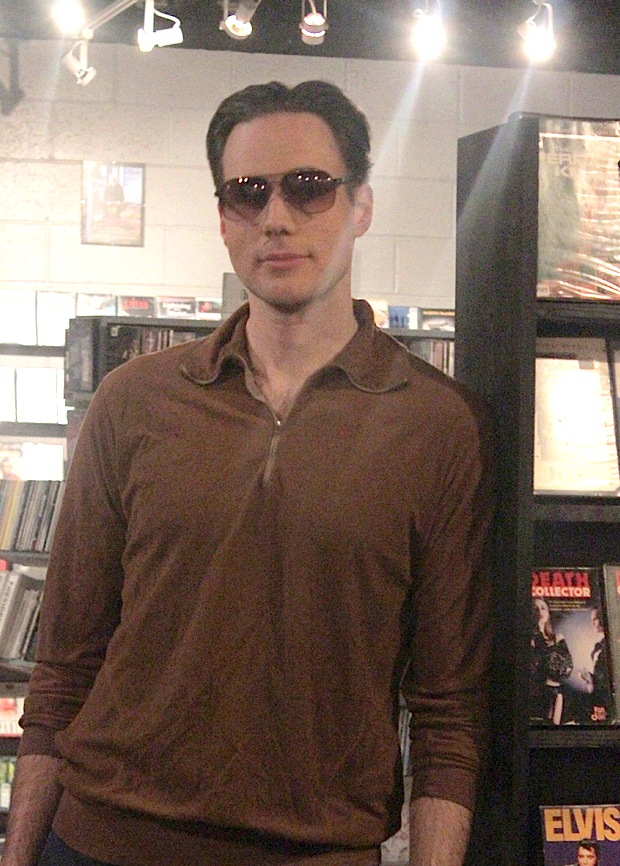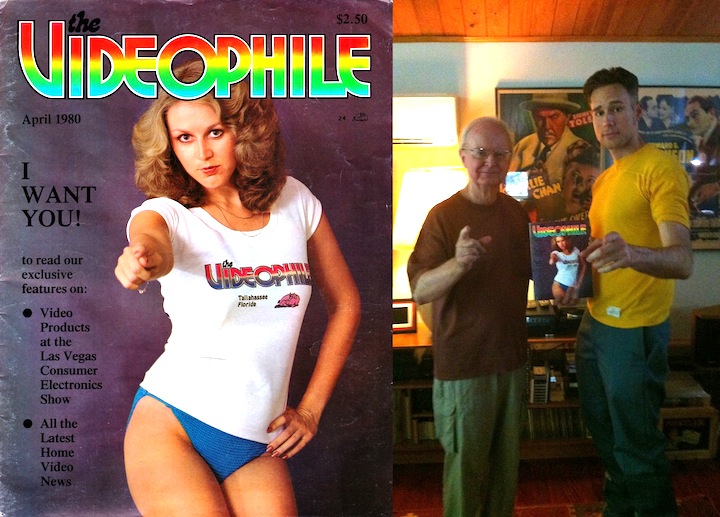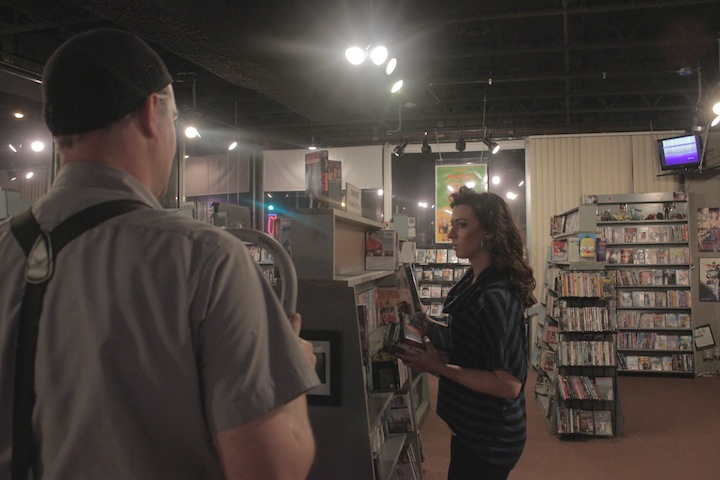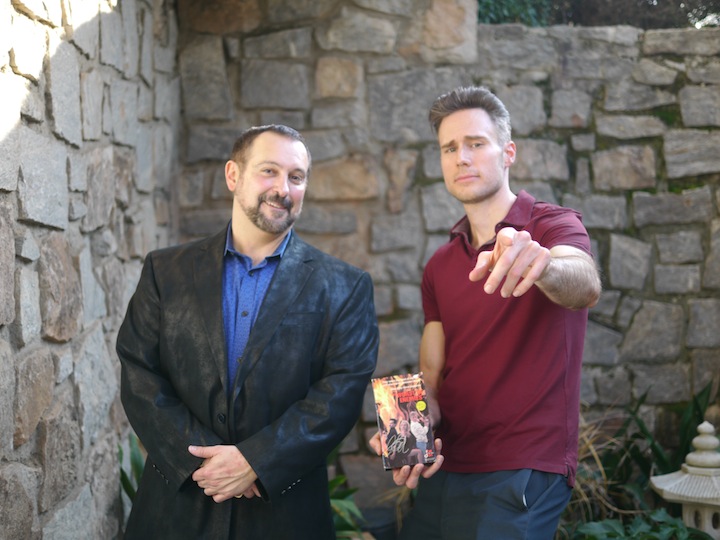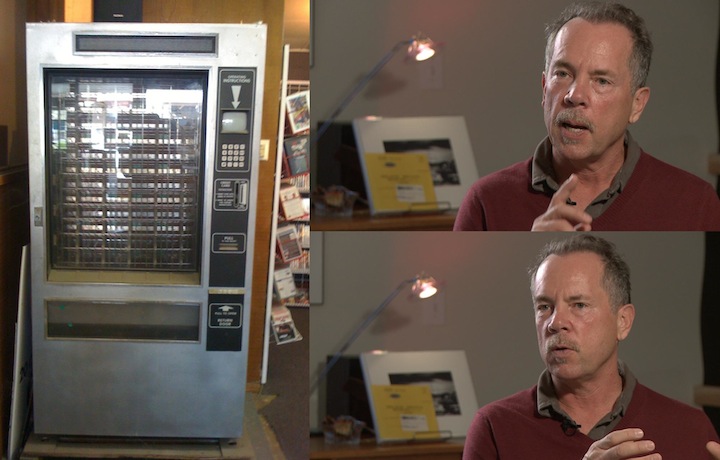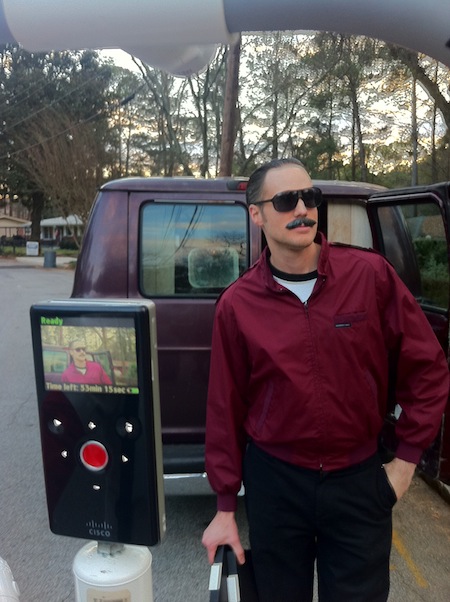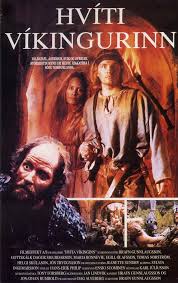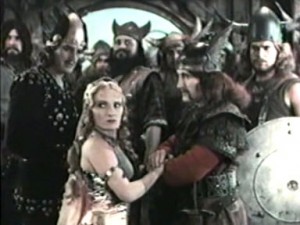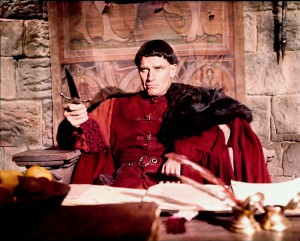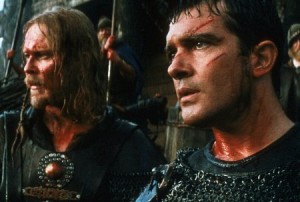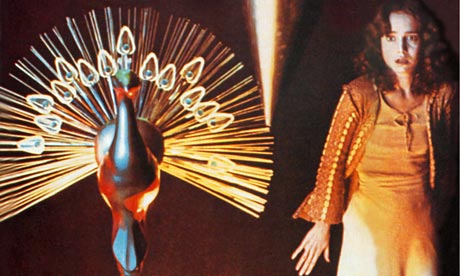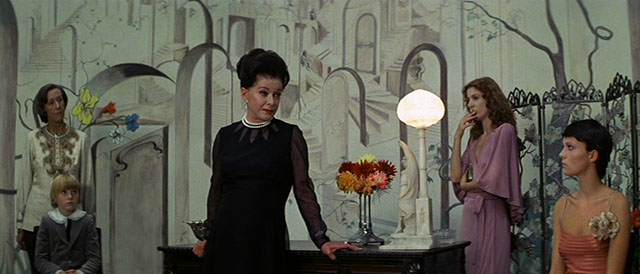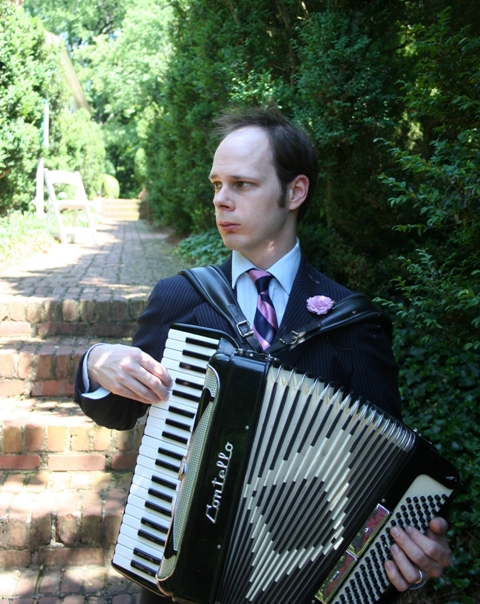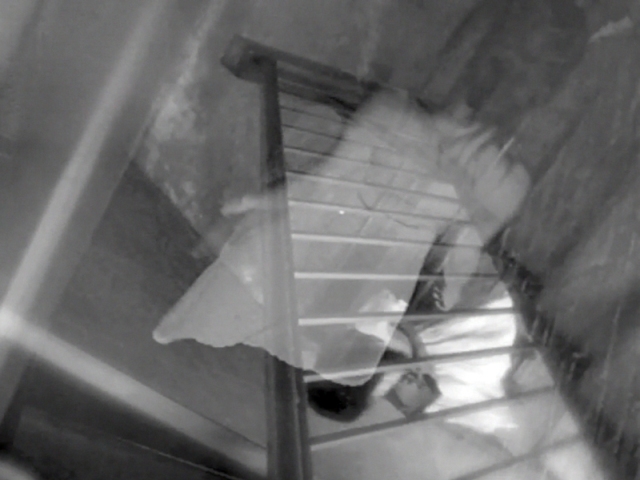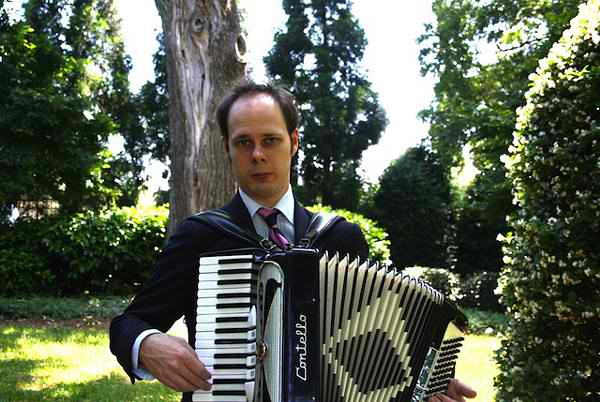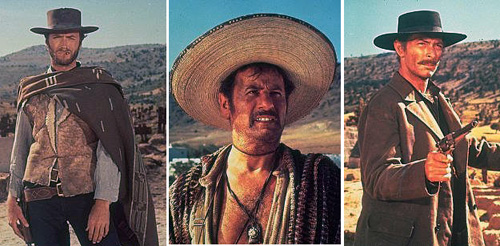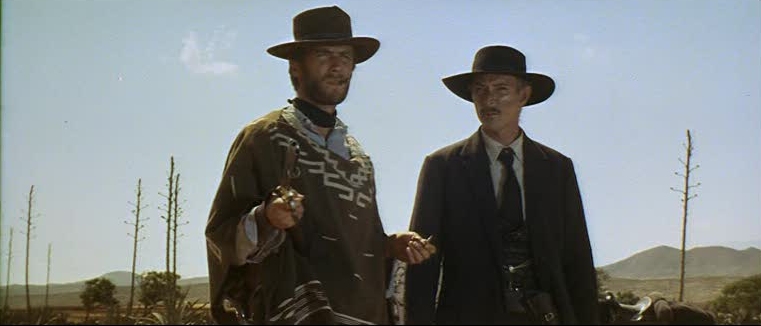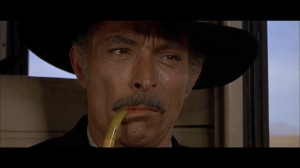by Melanie Crew
Managing Editor
It’s been exactly half a decade since we shot the breeze with Atlanta’s own jack of all musical trades and film score junkie, Jeffrey Butzer (The Bicycle Eaters/The Compartmentalizationalists). So we caught up with him once again to get the scoop on his upcoming venture into the bizarre land of Lynch. His “Club Silencio: Music From the Feature Films of David Lynch” tours the southeast this summer with a killer kick-off at The Earl this Friday, June 2 at 9 pm, featuring the “Ladies in the Radiator” also known as Butzer (guitar); T.T. Mahony (synth/piano); Bicycle Eaters Matt Steadman and Sean Zearfoss (rhythm section); Ben Davis (sax), Jade Poppyfield and Renee Nelson (rotating vocalists). Club Silencio promises an unconventionally surreal evening sending you dangling head first into The Pink Room. And if you just can’t get enough Lynch-madness after the June 2 date, you can catch the tour at its stops at the High Dive in Gainesville, FL on June 23, at Saturn in Birmingham, AL on July 8, and at the Caledonia Lounge in Athens on July 15!
ATLRetro caught up with Jeffrey Butzer for a quick tête-à-tête about “Club Silencio,” his love affair with film scores and film in general, and what he and the Bicycle Eaters/The Compartmentalizationalists have been up to in the last five years. While you’re takin’ a gander at our little Q&A with Butzer, why not listen to a bit o’ Butzer and The Compartmentalizationalists’ “Mother’s Gray Dress.”
ATLRetro: It’s been nearly half a decade since we spoke to you about the release of The Bicycle Eaters’ new 7-inch HIDING PLASTIC SPIDERS. So much has happened since, and now you’re diving head first into David Lynch’s land of the bizarre with your newest musical escapade, CLUB SILENCIO: MUSIC FROM THE FEATURE FILMS OF DAVID LYNCH. What draws you to Lynch’s film scores?
 Jeffrey Butzer: What I love about Lynch’s work is his element of surprise. The new TWIN PEAKS series is a great example of that. I love that every week I have no idea what I am getting into. Will it scare me or be hilarious? …Who knows?
Jeffrey Butzer: What I love about Lynch’s work is his element of surprise. The new TWIN PEAKS series is a great example of that. I love that every week I have no idea what I am getting into. Will it scare me or be hilarious? …Who knows?
Your CLUB SILENCIO tour was originally slated for 2008, as a follow up to your BEAUTIFUL LOSERS: THE SONGS OF CAVE, WAITS AND COHEN and A CHARLIE BROWN CHRISTMAS tours. Of course we have to know, what took so long and why now?
I am not sure? It wasn’t feeling right in 2008. I never could get in to the mindset to put it together. As Lynch would say, “The ideas weren’t coming.” I had a set list, which really hasn’t changed very much. But that was it. Earlier this year, I had a conversation with a musician who was sort of pushing me to finally do it. Then Julee Cruise and I sort of discussed a mini tour, which neither of us could make happen but, at that point I was really into the idea again, and with the timing of the new TWIN PEAKS it was easy to get everyone motivated.
Can you tell our readers a little about “The Ladies in the Radiator” who will be performing with you on the CLUB SILENCIO tour?
Yes, my longtime collaborator T.T. Mahony is playing synth/piano, Bicycle Eaters Matt Steadman and Sean Zearfoss are the rhythm section, Ben Davis (Purkenji Shift/Noot d’Noot) on Sax, Meghan Dowlen a.k.a. ”Jade Poppyfield” and Renee Nelson (Jarboe) are both singing on different dates. I am playing guitar. It is a really great band. I am really happy with all the arrangements.
Film scores are a big influence on your music, with the Bicycle Eaters and The Compartmentalizationalists, et al. It seems many musicians are influenced by particular musicians (past or present) or a particular type of popular music (the art being the whole), but film’s scores tell a different kind of story, as accompaniments or pieces or carriers of the whole. Can you tell our readers what it is about film scores that influence you and the part they play in carrying a film?
I am a film lover in general. I like when films have no music, like in NO COUNTRY FOR OLD MEN or films by my hero Luis Bunuel. But, I also like when music is almost like a main character in a movie, like THE MASTER or films by Fellini, for example. I am not sure how film music influences me exactly. I guess I like the abstract nature of creating feelings out of noises. Mood is my primary goal in the music that I create.
We see that you’ve composed several scores as well for films such as Raymond Carr’s WILD IS THE WIND (2011); HITORI (2014); GOOD GRIEF SUICIDE HOTLINE (2015); ABACUS, MY LOVE (2014); BIRDCATCHER (2006), etc. Do you prefer composing behind the scenes, or playing in front of a crowd? Pros and cons?
I enjoy both for different reasons. Making a score is really strange to me. I really never know what I am doing. I still do not have a method of working and I don’t write out music. Matt Steadman (producer, musician) and I normally meet and see what happens and eventually we come up with music we are happy with. Live shows are very thrilling for me. Something like Club Silencio is fun, because we get to have our own Lynchian spin on expectations. We created this as massive admirers and fans of Lynch and have put together the show we would want to see. I’m getting really obsessed with details like stage plot, lighting, clothing. We put a lot of thought in to these types of shows. We really want them to feel special and fun for people.
Which film score(s) influenced you the most before you began composing your own, and how did it influence you?
Nino Rota’s 8 ½, Michael Nyman/Peter Greenaway scores and the spaghetti westerns by Morricone and Luis Bacolov were all influential to me.
Who are your top five favorite film composers and the film scores they composed that moved you most?
In no particular order my favorites would be Nino Rota (8 ½); Angelo Badalamenti (most Lynch films); Ennio Morricone (ONCE UPON A TIME IN THE WEST/ THE GREAT SILENCE); Michael Nyman (A ZED AND TWO NOUGHTS/ THE COOK, THE THIEF, HIS WIFE AND HER LOVER); and Carter Burwell (FARGO/ BARTON FINK). However, it is difficult to speak about influence. As a musician I strive to not show my  influences. I can say that when I sit down to write, music is the last thing on my mind. I am typically thinking about a story, sometimes my own, sometimes a book or film. Then, I try to musically paint a picture. I am very bad with narrative, which is probably why I am drawn to filmmakers like Lynch, who seems more concerned with mood.
influences. I can say that when I sit down to write, music is the last thing on my mind. I am typically thinking about a story, sometimes my own, sometimes a book or film. Then, I try to musically paint a picture. I am very bad with narrative, which is probably why I am drawn to filmmakers like Lynch, who seems more concerned with mood.
Can you give us five things you’re into at the moment that we should be listening to right now–past or present, well-known or obscure?
1) Rowland S. Howard, the guitarist from The Birthday Party has a great, dark, and beautiful album called TEENAGE SNUFF FILM; 2) the singer Lhasa, especially her song Rising, and a song called “That Leaving Feeling“ she recorded with Stuart Staples of Tindersticks. She passed away a few years ago. Her voice is one of my favorite things; 3) Leonard Cohen’s underrated album NEW SKIIN FOR THE OLD CEREMONY is an all time favorite of mine; 4) Emiliana Torrini’s version of “If You Go Away” has been in my steady rotation. I love Brel’s version of course, but hers in a wonderful modern take; and 5) Rennie Sparks (The Handsome Family): Many now know of them from the theme from True Detective, but do yourself a favor and delve in to their world. Rennie’s books and paintings are so strange and vivid and their last album is one of their best. Rennie, as a writer is one of my biggest influences.
Back to the surreal. If you had to choose just one (I know it’s hard!), which Lynch film would be your absolute favorite?
I honestly cannot pick one. MULHOLLAND DRIVE is always in my top three. BLUE VELVET is the first one I fell in love with. INLAND EMPIRE is a misunderstood masterpiece. If you’ve only seen it once and are on the fence or don’t really like it, see it three more times. It is so dense it demands multiple viewings.
You’re taking this epic and eccentric beast on a trip across the equally bizarre south this summer after your gig at The Earl on June 2, with shows at the High Dive in Gainesville, FL (June 23); Saturn in Birmingham (July 8); and the Caledonia Lounge in Athens (July 15). What exciting things can folks expect when they come to one of your shows? And will this be the last of the tour, or will you be giving Atlanta an encore presentation in the near future?
If this goes well, we plan to make it a summer tradition. We are doing our best to make you feel like you are visiting the Pink Room/Black Lodge and deliver the best renditions of these iconoclastic songs as possible.
And last but not least, any other exciting plans in the future for Jeffrey Bützer? The Bicycle Eaters? The Compartmentalizationalists?
Bicycle Eaters have our first vocal full-length in the editing room as we speak…er, type. I’m also writing a play/screenplay entitled “Partialisms” that I plan to bring to a stage or screen in the near future.
All photos are courtesy of Jeffrey Butzer and used with permission.








